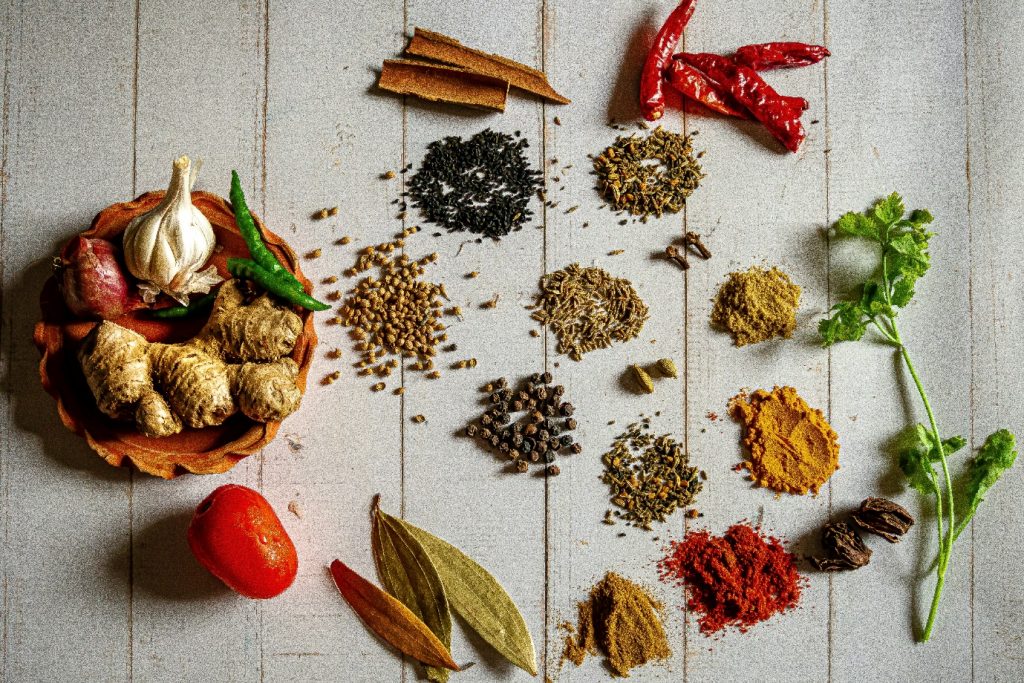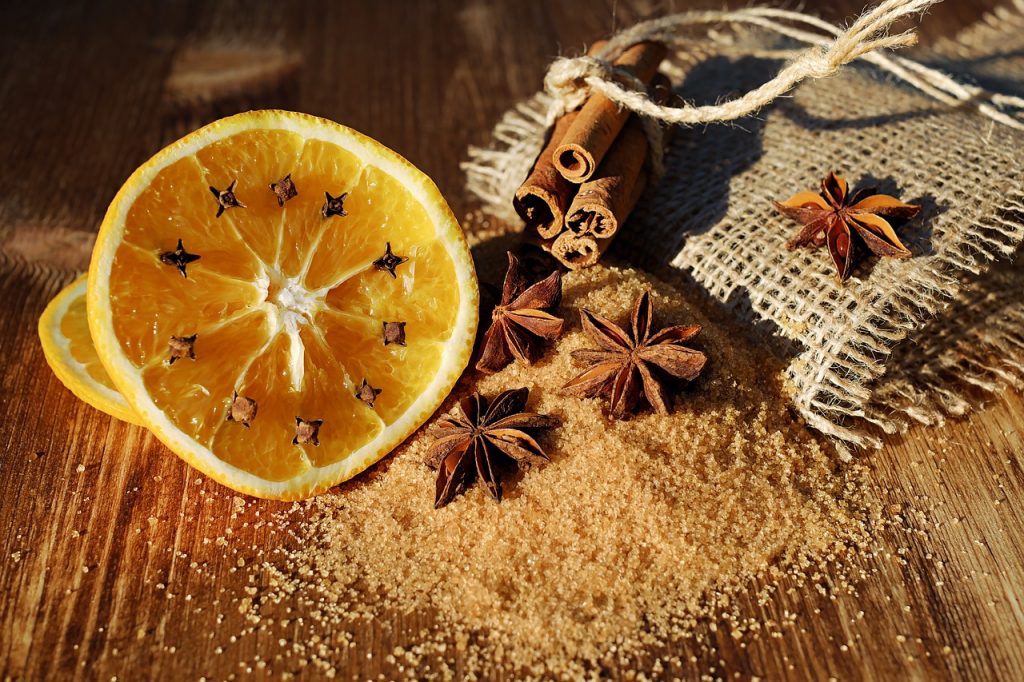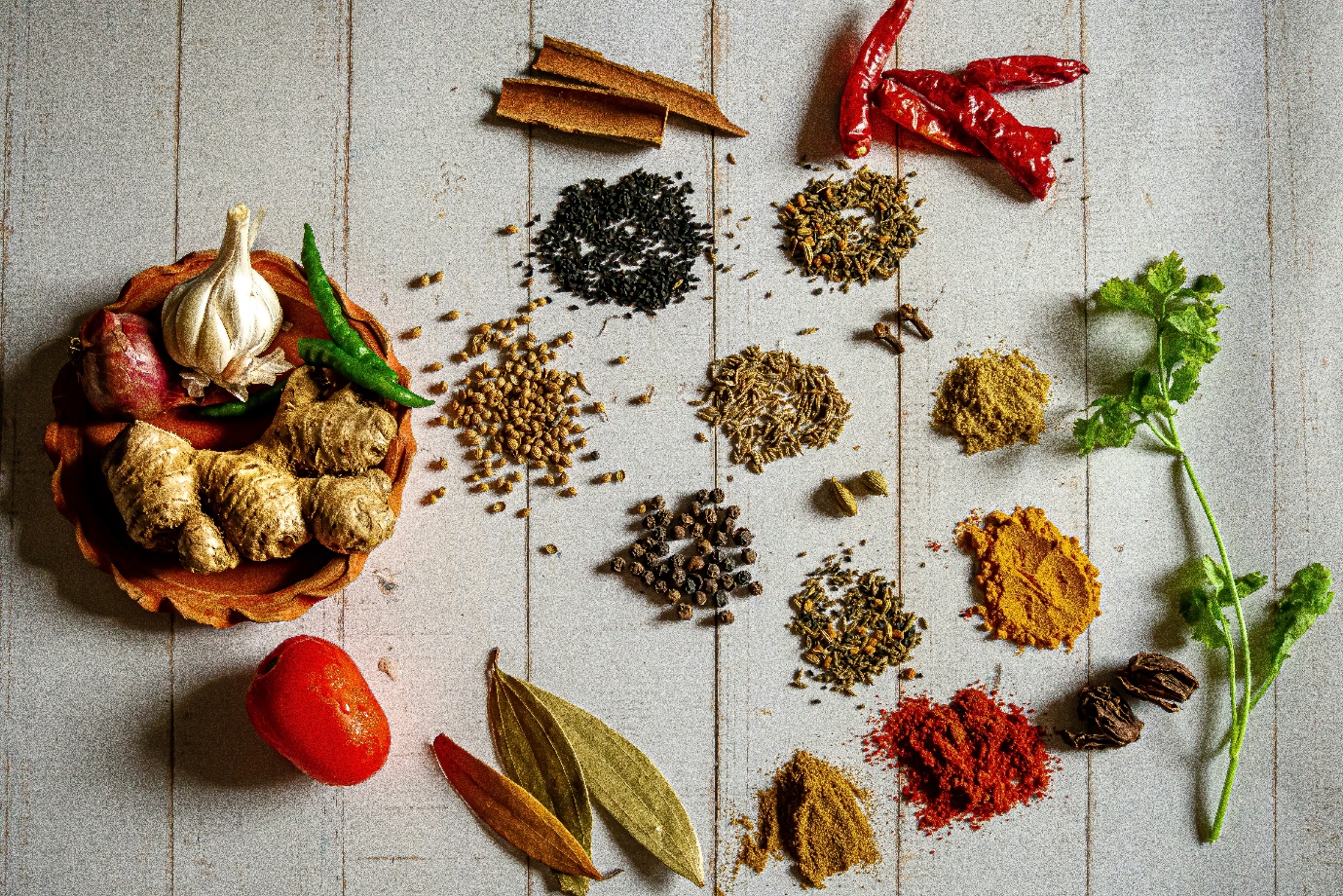Exploring the Spice World: American vs Indian Spices at Mayuri Indian Grocery in Seattle
Introduction:
Spices are the lifeblood of any cuisine, adding depth, aroma, and flavor to dishes. In the United States and India, spices play a crucial role in defining the unique tastes of each culinary tradition. This blog post aims to highlight the differences between the spices commonly used in American and Indian cooking, drawing from the vast selection available at Mayuri, the premier indian grocery store in seattle.

Section 1: American Spice Palette
American cooking relies on a familiar set of spices, such as black pepper, cinnamon, nutmeg, paprika, and oregano. Black pepper, with its woody aroma and mild heat, is a staple in many American dishes. Cinnamon, both in its stick and ground form, lends warmth and sweetness to baked goods and savory dishes alike. Nutmeg, with its distinctive nutty flavor, is a classic addition to pumpkin pie and other desserts.
Section 2: Indian Spice Palette
In contrast, the Indian spice palette is a vibrant and complex tapestry of flavors. Cumin, with its earthy and slightly bitter notes, is a cornerstone of Indian curries and masalas. Coriander, both in seed and powder form, adds a bright, citrusy touch to many dishes. Turmeric, with its vivid golden hue and earthy flavor, is not only a key ingredient but also a natural food colorant. Mustard seeds, when tempered in hot oil, release a nutty aroma that’s the hallmark of many Indian dishes. And chili peppers, in their various forms (cayenne, paprika, etc.), add heat and depth to curries and chutneys.

Section 3: Differences in Flavor Profiles
While American spices tend to provide a single, distinct flavor note, Indian spices often blend multiple flavors in a single dish. A classic Indian curry, for instance, might combine the sweetness of cinnamon, the earthiness of cumin and coriander, the heat of chili peppers, and the tanginess of tamarind or yogurt. This layering of flavors is further enhanced by the use of spice blends, or masalas, which are carefully crafted combinations of various spices.
Section 4: Health Benefits
Beyond their flavor contributions, spices from both cuisines offer potential health benefits. Cinnamon, for example, may help regulate blood sugar levels, while oregano is rich in antioxidants. In the Indian spice realm, turmeric has gained widespread recognition for its anti-inflammatory properties, thanks to the compound curcumin. Cumin and coriander are also known for their digestive benefits.
Section 5: Sourcing and Storing Spices
To truly experience the vibrant flavors of Indian spices, it’s essential to source them from reputable vendors like Mayuri, <a>an indian grocery store in seattle wa. Their spices are carefully sourced and packaged to ensure freshness and potency. When storing spices at home, keep them in airtight containers away from heat, light, and moisture to maintain their flavor and aroma.
Conclusion:
While American and Indian spices may seem worlds apart, exploring their differences can open up a world of culinary possibilities. From the familiar warmth of cinnamon to the complex layers of an Indian masala blend, each spice has its own unique story to tell. By visiting Mayuri indian grocery seattle, you can embark on a flavorful journey, discovering new spices and blends to elevate your cooking. So why not step out of your comfort zone and explore the vibrant world of spices today?






